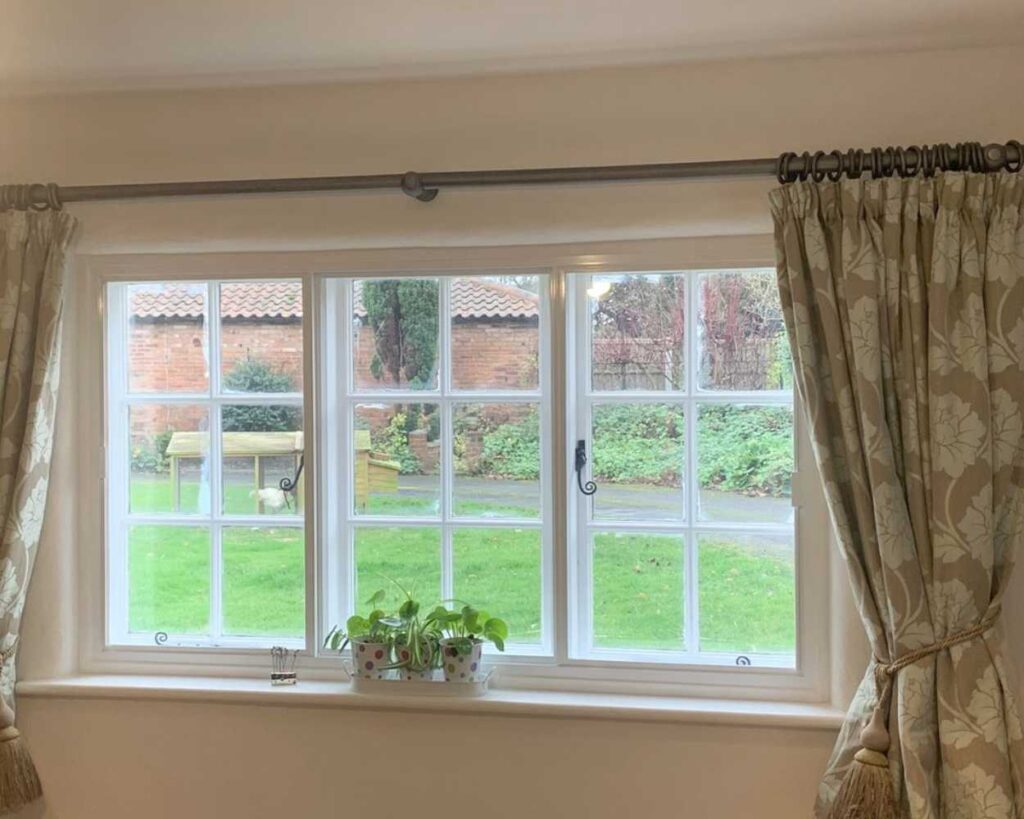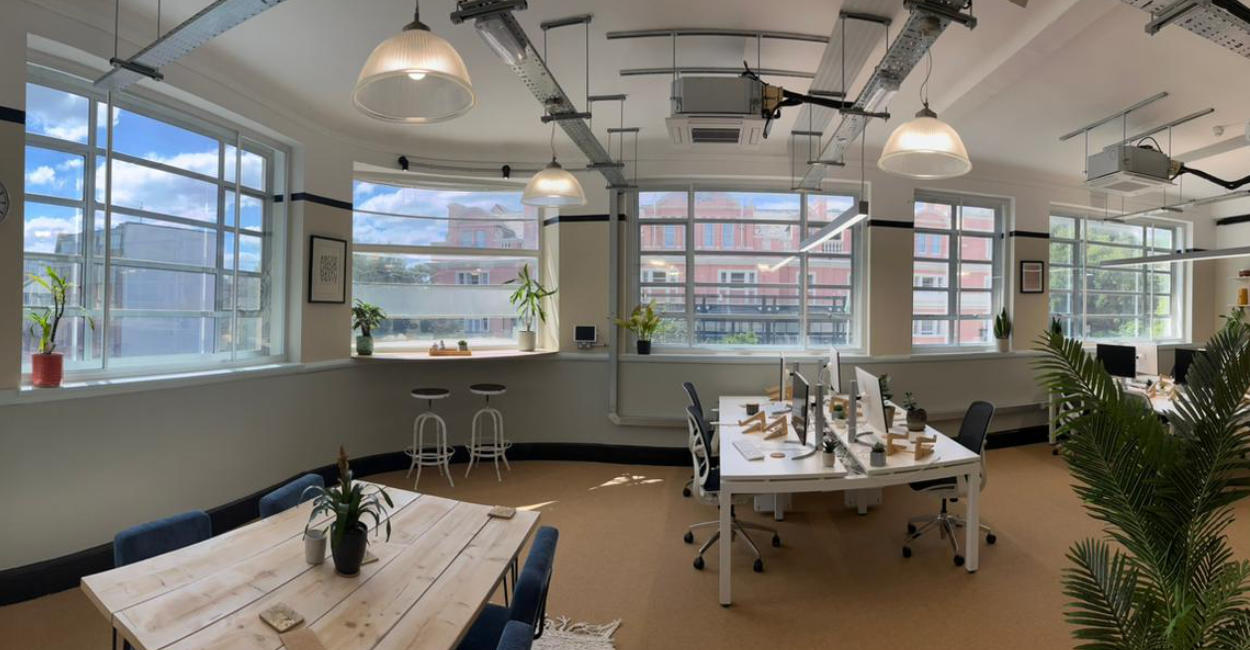What is Acoustic Insulation? | What is Sound Insulation
Noise from close by roads, trains or under busy flight paths can be problematic for both domestic and commercial properties. Sound can pass through building materials such as windows, doors, walls and roofs. When we discuss acoustic insulation and soundproofing, we discuss the ability that a building element or the structure has to reduce or dampen the sound that passes through it. Acoustic insulation can take many forms. Some examples of soundproof materials include:
- Double Bricked Walls
- Acoustic Mineral Wool (Rockwool)
- Acoustic Glazing – Secondary Glazing
- Acoustic Tiles
- Internal and External Doors
- Roof Insulation


How Do We Measure Noise
| Type of Sound | Decibel Rating |
|---|---|
| Quiet conversation | 30 dB |
| Background noise in an office | 50 dB |
| Car passing on the street | 70 dB |
| Train Passing | 73 dB at a distance of 100 feet |
| Aeroplane | Between 120 dB and 140 dB |
What is the best acoustic insulation?
How much noise can windows and doors stop?
- Single glazing – 20dB
- Double glazing – 34dB
- Composite doors – 31dB
- Secondary Glazing – 54dB
How does soundproofing and acoustic insulation work?
The best way to increase acoustic insulation and soundproof your home is by adding an additional layer to either block or absorb the noise. To reduce noise coming through your windows, we often recommend the installation of secondary glazing, it acts as a second barrier and can also offer enhanced thermal insulation.
Where vehicles are the primary noise source, they often emit low-frequency soundwaves that can be challenging to block. Speciality acoustic glass is particularly effective at blocking noise from vehicles as it made from laminated glass with a PVB (Polyvinyl butyral) interlayer. This interlayer is designed to absorb noise that breeches the first pane of glass. 6.4mm Acoustic laminated glass is manufactured from 2 panes of 3mm glass with a 0.4mm PVB interlayer sandwiched in-between.
For homes and commercial properties with severe noise problems, we recommend that the secondary glazed system is installed within the window reveal. For optimum acoustic insulation, we would generally introduce a 150mm to 200mm air cavity between your primary window and the secondary glazing system. This means we will install the secondary glazed system up to 200mm away from your primary window. If you have slim window reveals that can’t accommodate a larger air cavity, we can install thicker acoustic glass, which will provide a similar noise reduction.
Studies indicate that a passing diesel vehicle at a distance of 3 meters creates 85dB of noise. Correctly specified and installed secondary glazing can reduce noise levels by 54dB. A reduction of 54dB will reduce the noise to 31dB, the equivalent of a whisper. The addition of secondary glazing will have an enormous impact up on acoustic insulation, and it can often reduce noise levels by as much as 80% and outperform the addition of new windows. The cost of installing secondary glazing is also considerably lower than installing new primary windows.
Soudproof your home with secondary glazing
Other ways to soundproof your home:
- Seal your doors by installing weathering strips to the door frame
- Replace your interior doors with solid wood doors
- Fix any holes or cracks within your building’s brickwork
- Insulate walls and ceilings
- Make use of big, thick rugs
- Hang heavy curtains
Does thermal insulation reduce noise?
Generally speaking, increasing thermal insulation does not have a significant impact on reducing noise levels. The installation of secondary glazing can increase both acoustic and thermal insulation; however, for optimum acoustic performance, we would recommend a large glass to glass air cavity. For thermal insulation, we would recommend a smaller air cavity. The further away that the secondary glazing system sits from the primary window will have a more significant impact on acoustic insulation; however, this greater distance diminishes the amount of thermal insulation provided.
When installing secondary glazing we will always ask, what do you want to achieve?. We can provide either optimum thermal or acoustic insulation with the way we install the secondary glazed system or the glass type that we specify. If you want to achieve good thermal insulation with good acoustic performance, we can tailor the installation as required.
These are the secondary glazing products that we provide:
Hinged Secondary Glazing
Lift Out Secondary Glazing
Vertical Sliding Secondary Glazing
Horizontal Sliding Secondary Glazing




